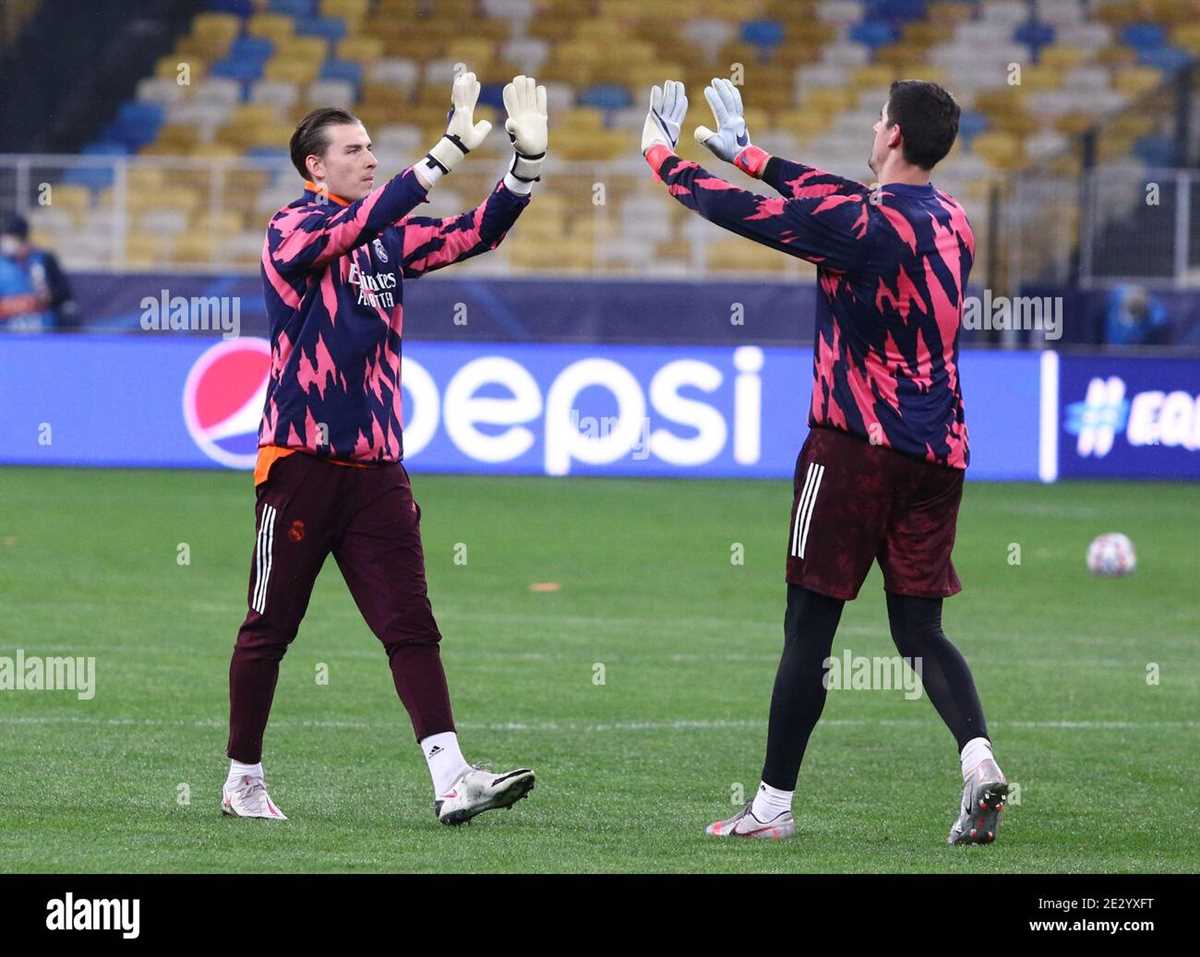
When evaluating the physical attributes of a renowned goalkeeper, various factors come into play that significantly influence their performance on the field. The stature and build of such athletes can often be pivotal in their effectiveness during matches.
These characteristics not only impact their agility and reach but also their overall presence in goal. Understanding these metrics provides insight into how they manage to excel in their position and what makes them stand out in the world of football.
Key Physical Stats
Understanding the physical attributes of athletes is crucial for evaluating their performance and role on the field. These metrics play a significant role in their overall capabilities and how they match up against competitors.
- Stature: The overall height of the player contributes to their reach and presence in the game.
- Build: The body mass influences strength, agility, and endurance during matches.
- Physical Conditioning: Regular training and conditioning are vital for maintaining peak performance and preventing injuries.
Physical Attributes Overview
In this section, we delve into the physical dimensions of the athlete, providing insights into his stature and build. Understanding these metrics is crucial as they often influence an individual’s performance and adaptability in their field.
The player’s stature reflects his overall height, while his build denotes his body mass. These attributes are significant in evaluating his physical presence and capabilities on the field. Typically, an athlete’s performance can be closely linked to how well these aspects align with the demands of their sport.
Impact of Goalkeeper’s Build on Performance
The physical stature of a goalkeeper significantly influences their performance on the field. The combination of body dimensions can affect various aspects of their play, including agility, reach, and overall effectiveness in goalkeeping.
- Agility: A more compact build often allows for quicker movements and faster reflexes, crucial for responding to fast-paced game situations.
- Reach: Greater height can enhance a goalkeeper’s ability to cover more of the goal area, providing an advantage in blocking high or wide shots.
- Physical Presence: The overall build can impact the goalkeeper’s presence in the box, potentially intimidating attackers and providing a psychological edge.
Understanding how these factors interact helps in assessing how a goalkeeper’s physique contributes to their success on the field.
Comparison with Other Goalkeepers

Evaluating a goalkeeper’s physical attributes often reveals intriguing differences among top players. By comparing these attributes, we gain insight into how individual characteristics influence performance on the field.
- Size Variations: The stature of goalkeepers can vary significantly, affecting their reach and ability to cover the goal area.
- Agility and Reflexes: While some goalkeepers may be taller, others might excel due to superior agility and quicker reflexes.
- Strength and Endurance: Different physical builds can impact a goalkeeper’s strength and endurance, influencing their performance in high-pressure situations.
By delving into these comparisons, we gain a comprehensive understanding of how diverse physical attributes contribute to a goalkeeper’s effectiveness and style of play.
How Size Affects Playing Style
The physical attributes of a player play a crucial role in shaping their approach on the field. The impact of stature and build can significantly influence both defensive maneuvers and goalkeeping techniques. In this section, we will explore how these physical characteristics can alter playing style and performance in key aspects of the game.
| Attribute | Influence on Playing Style |
|---|---|
| Stature | Height can determine the reach and aerial dominance, affecting the ability to cover the goal and challenge for high balls. |
| Build | The physical build influences agility and strength, impacting movement speed, balance, and the effectiveness in one-on-one situations. |
| Overall Size | Overall size affects positioning, reaction time, and how a player manages space within the penalty area. |




